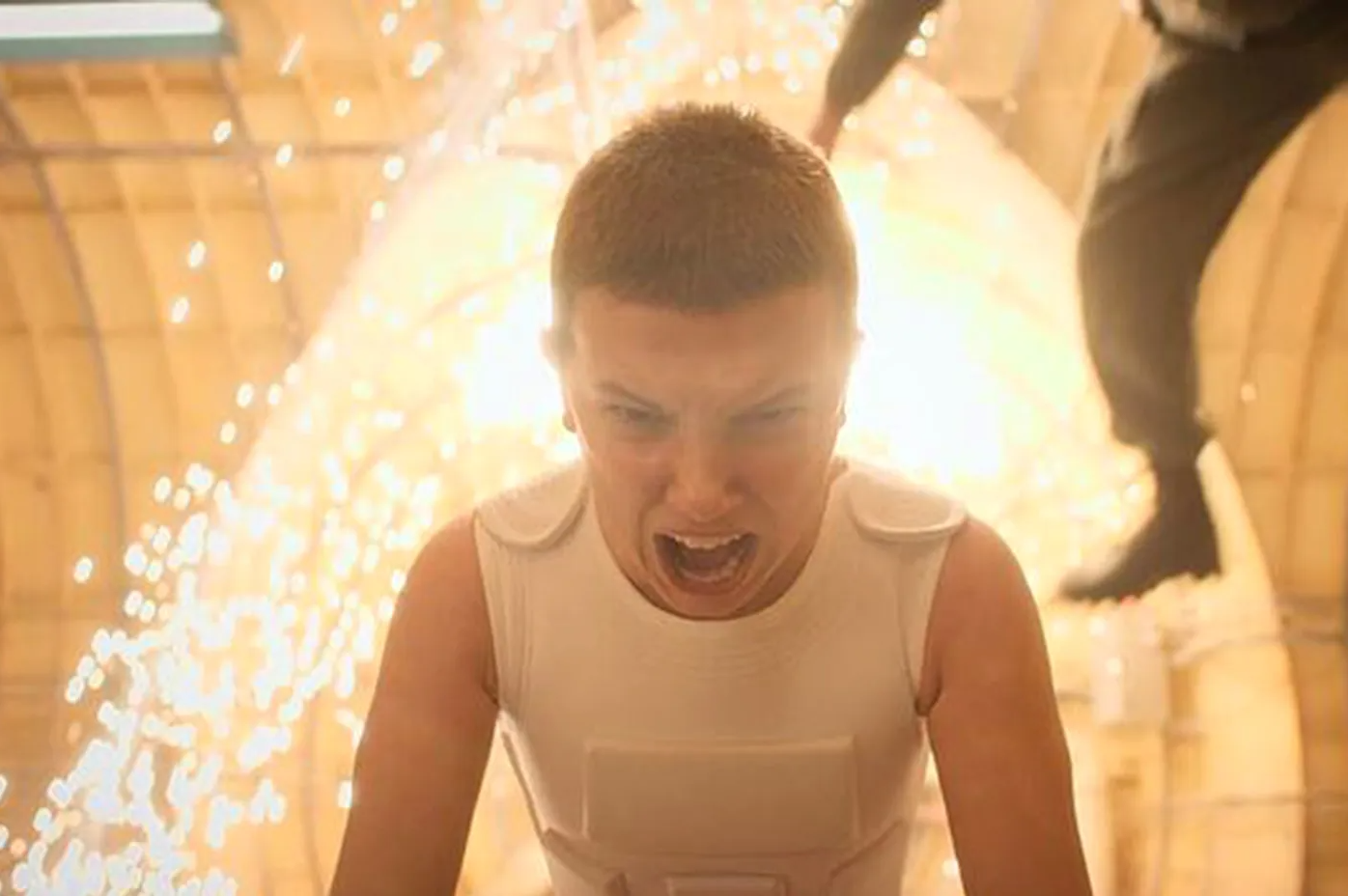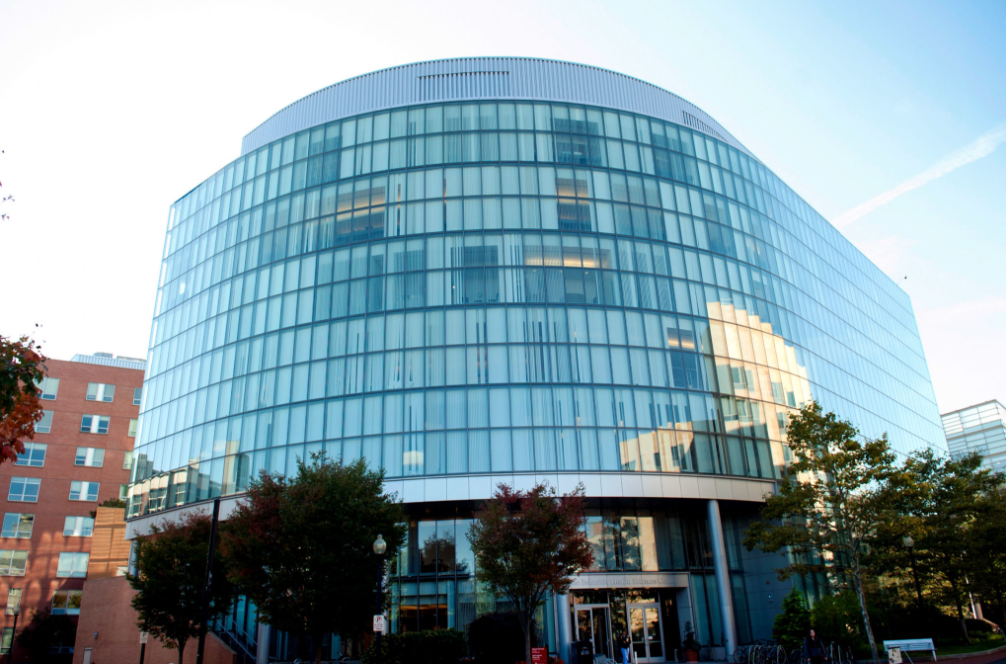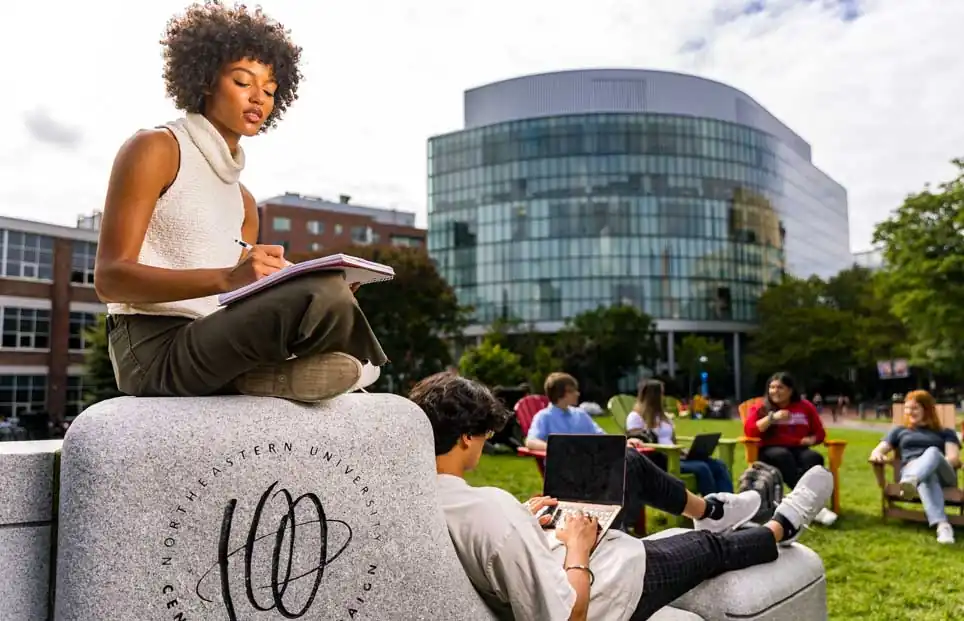Some of the biggest movies and TV shows are exercises in pain for their characters. But how often do audiences think about who is experiencing that pain –– and what it’s telling us as viewers?
A recent study from an international team of health science and psychology researchers took an in-depth look at Netflix content to answer that question for one specific but important group of people: adolescents.
Idia Thurston, Professor of Health Sciences and Applied Psychology; Associate Director of the Institute for Health Equity and Social Justice Research at Northeastern University and part of the team behind this research, says the study reveals notable differences in how characters of different genders and races experience and respond to pain in adolescent media, effectively reinforcing certain stereotypes.
“Adolescents consume media –– they’re one of the biggest consumers of media,” Thurston says. “If we’re using stories to tell people how to behave or people watch these stories and it gives them ideas about how to respond, if you’re mostly portraying girls as not really responding, hanging back, not being the savior, then you’re sending these messages that we need to wait for men to help us, to support us, to rescue us from these entities, these experiences.”




